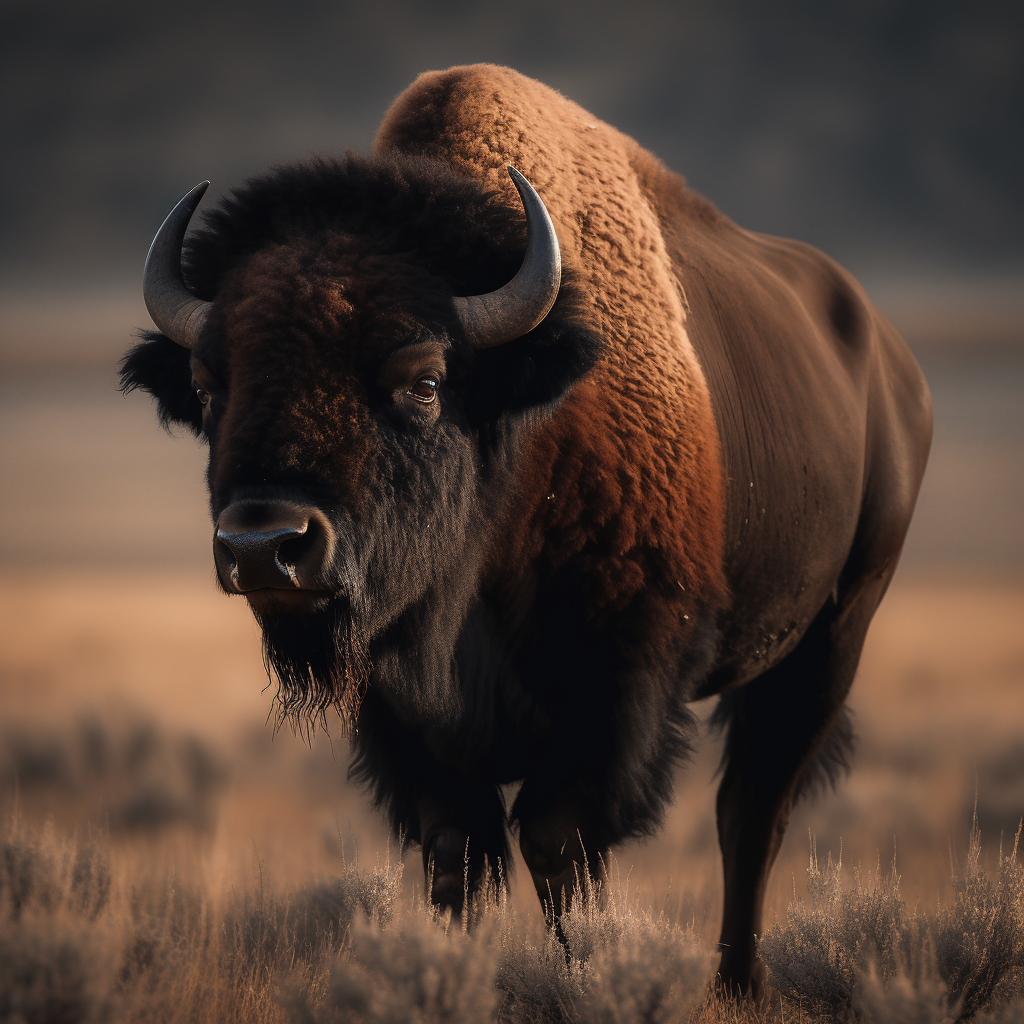May 21, 2024
How Bison Reintroduction Could Aid in Climate Change Mitigation
Book a Demo
The recent reintroduction of Bison in Romania’s Țarcu mountains has not only been a significant stride in biodiversity conservation but could also play a crucial role in the fight against climate change. According to estimates, these mighty creatures could help sequester carbon dioxide emissions equivalent to removing 43,000 gas-powered cars from U.S. roads for a year.
This surprising revelation came from a model developed at the Yale School for the Environment. The model was used to calculate how much atmospheric carbon wildlife assists in capturing and storing in soils. The results were stunning – bison grazing in grasslands can potentially capture an additional 59,525 tons of carbon annually. This highlights the significant role of large mammals in the carbon cycle and their potential contribution to mitigating the impacts of climate change.
Notably, the reintroduction of Bison not only supports biodiversity conservation but also stimulates eco-businesses and tourism centered on rewilding. As such, this move can be seen as a win-win, supporting both environmental and economic sustainability.
The European bison, which disappeared from Romania over 200 years ago, were reintroduced by Rewilding Europe and WWF Romania in 2014. Today, these bison form one of the largest free-roaming populations in Europe. This is a significant achievement, considering that Bison were nearly wiped out due to hunting between the 17th and 19th centuries, disrupting the ecosystem balance.
The reintroduction of these massive creatures could play a crucial role in restoring the disrupted ecosystem balance. More than that, it may offer a possible solution to the climate crisis. A computer model developed by the Yale School of the Environment provides scientific evidence supporting rewilding as a potential solution. However, it is essential to note that results may vary based on the uniqueness of each landscape and species involved.
Rewilding Europe and WWF Romania’s efforts to reintroduce the European bison to the southern Carpathian mountains in 2014 have indeed created one of Europe’s largest free-roaming populations. This initiative serves as a shining example of conservation efforts that not only restore biodiversity but also contribute towards climate change mitigation. The success of this reintroduction provides hope and a pathway for similar initiatives worldwide.
Science4Data is committed to cut through greenwashing and measure real impact. Join the journey to a sustainable future. Your actions matter.



